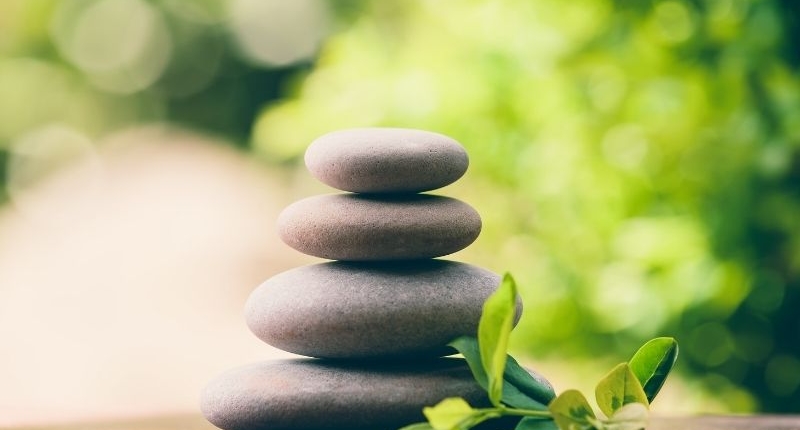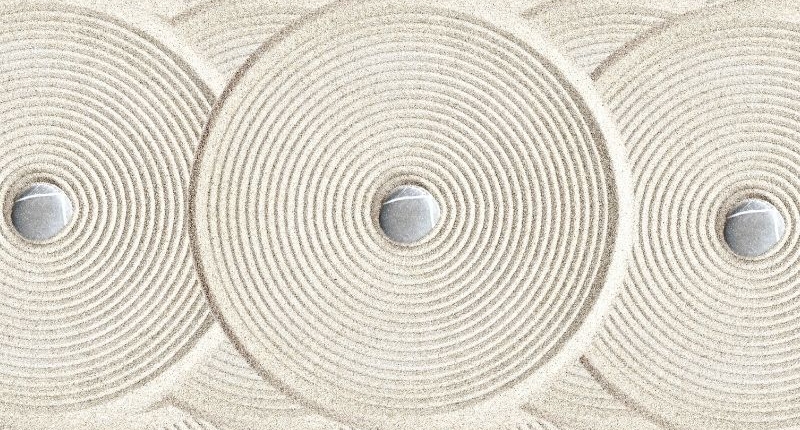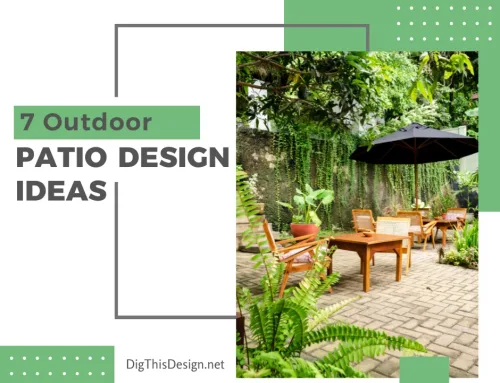Don’t you just enjoy it when your backyard has a great design? Study shows that people who spend a lot of time outside are more likely to be happy and healthy in their later years. That’s because spending time outdoors is beneficial to both mental and physical health. So, you don’t have to settle for only space you have on the inside. You can also use the limits of your entire property to expand your living area. For instance, are you aware of the beauty and serenity of a Zen outdoor space?
One of the primary ways I recommend expanding your space is to create a Zen outdoor space. A Zen garden is usually for those who want to design in a minimalistic way. Zen gardens were initially developed as meditative spaces for Buddhist monks to absorb the Buddha’s teachings. Modern Japanese Zen gardens are for spaces where you can relax and experience a sense of quiet peacefulness.
Creating a Zen outdoor space is not as difficult as you might think. In fact, here are some simple techniques for creating a serene Zen outdoor space.
3 Features to Add to Your Zen Outdoor Space
1. Consider adding Buddha statues.

Many modern homeowners enjoy adding a statue of Buddha in their zen outdoor space. For your convenience, click here if you are looking for Buddha statues for your backyard. Interestingly, as a sign of respect, many believe it important to place Buddha statues above the soil while facing the statue to your home.
They must also blend in with the garden’s overall design to aid guests in overcoming bad emotions such as hatred, arrogance, and greed. Gardens are meant to be relaxing, and placing a Buddha statue in a corner does wonderful things for the ambiance.
Again, traditionally, the Buddha reflects wisdom and encourages reflection. This also encourages you to exercise mindfulness and let go of your earthly problems. It’s also nice to place multiple Buddha sculptures in a garden. Many believe that placing a Buddha statue in every room of the house, including the garden, is pure and just.
2. Add stones in different shapes.

Stones express the human longing for eternity and enduring features in nature and are among the essential components of Japanese design. The placement and selection of larger boulders are critical to the success of a Zen design. Larger boulders that serve as sculptural components should be installed first because they are the heaviest and draw the most attention.
Different stone forms depict water, metal, earth, fire, and air. Tall vertical stones indicate trees and wood, whereas low vertical stones define metal. Branching or arching stones indicate fire, whereas wide, flat stones represent water. Reclining stones, which have a peaceful and serene look, reflect the earth.
3. Gravel or sand are also a nice touch.

A Zen garden’s flat surface is covered in crumbled granite, fine gravel, or tiny pebbles. Because you’ll be making these particles into shapes, they should be angled rather than circular. Darker sand or gravel performs better in a highly lit location than light materials because it doesn’t reflect as much glare.
In conclusion.
Many enjoy following tradition when creating a Zen outdoor space because it represents purity. It depicts water in Zen gardens, or nothingness and distance, similar to white space in Japanese paintings. Moreover, they are meditative spaces. Also, to produce something that brings you peace and happiness, you must first be pure in your intentions first.
If you have any questions or suggestions, we always love to hear from you in the comments below. Also below are links to more creativity-inducing articles about ALL things DESIGN for your home or business.
Other Posts You Might Enjoy:
5 Backyard Design Ideas You Can Easily Implement
A Guide to Enhancing Your Outdoor Space





